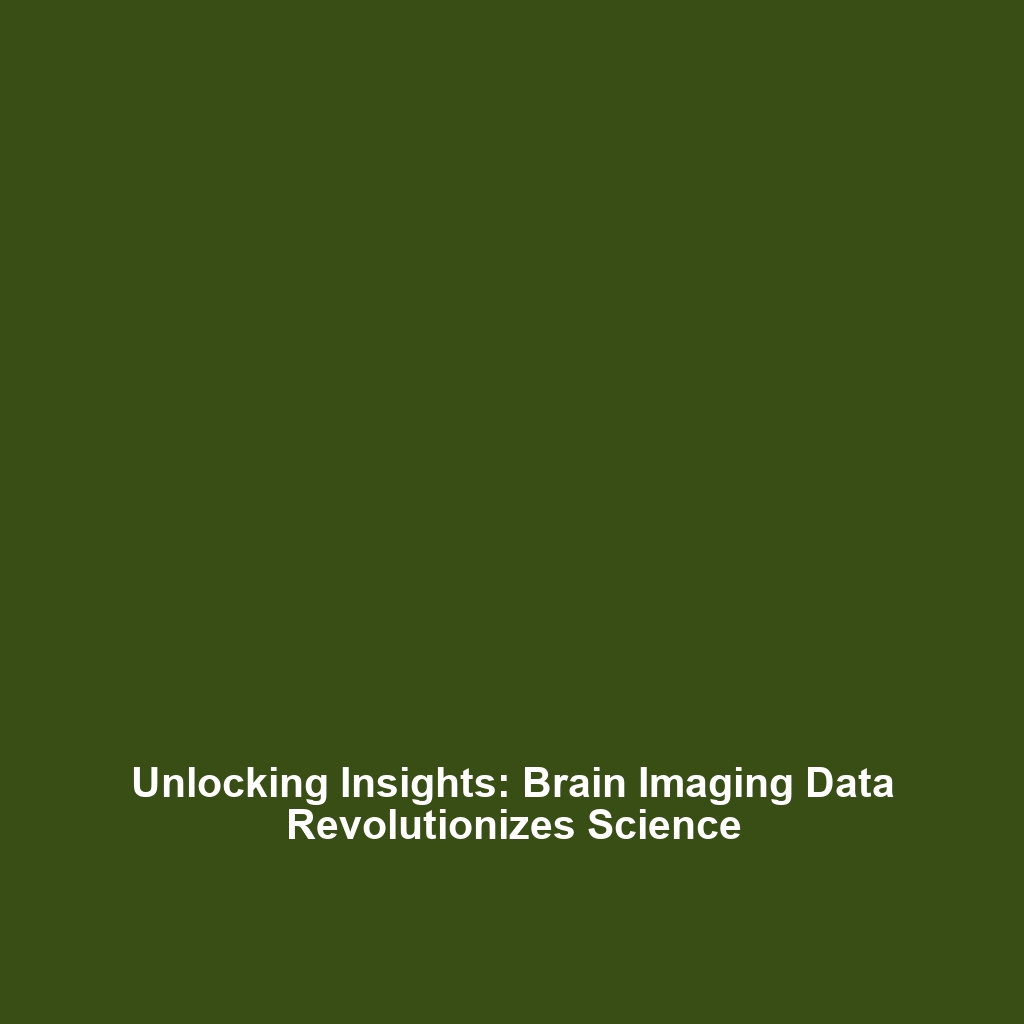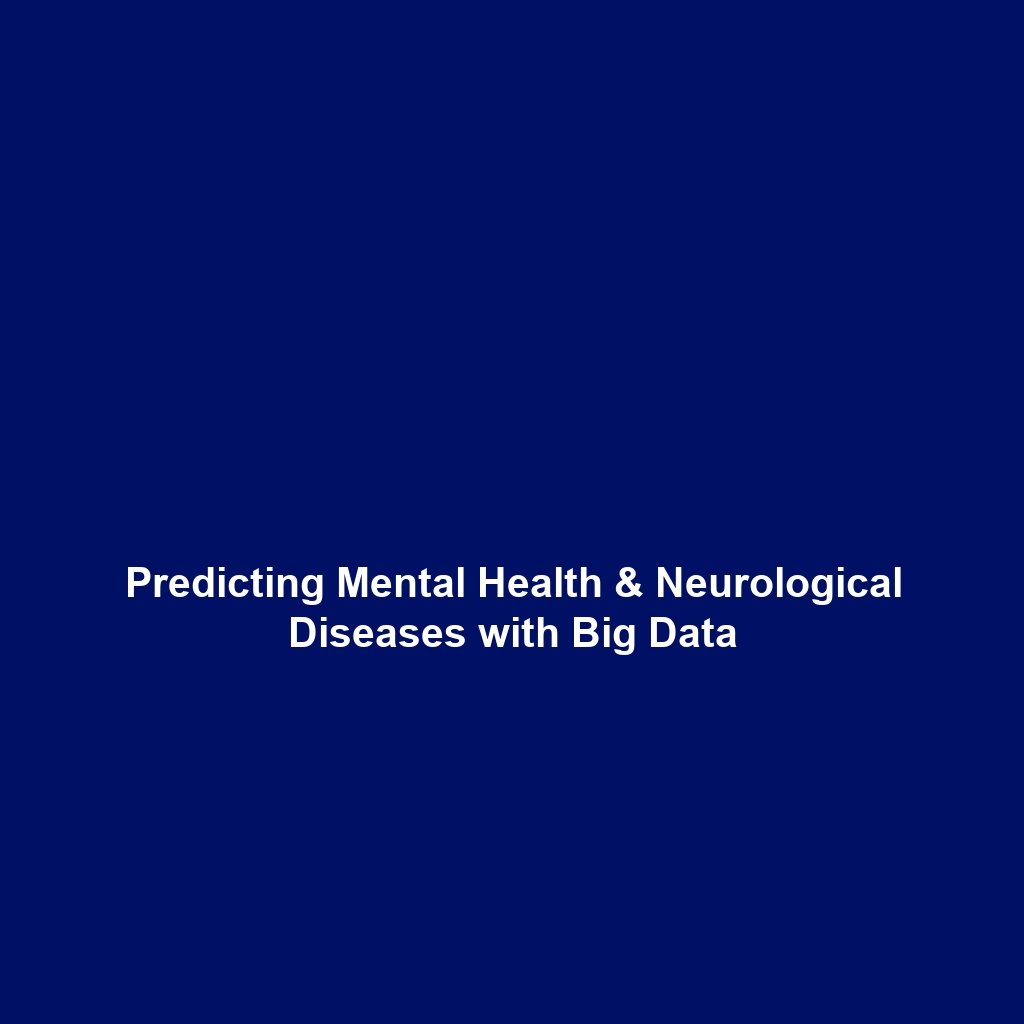Neuroscience: The Interplay Between the Nervous System and Biomechanics
Introduction
Neuroscience is the scientific study of the nervous system, with a particular focus on the brain and its profound impact on behavior, cognition, and biological processes. Understanding neuroscience is crucial within the field of biomechanics, as the movements and physical interactions of the body are intricately linked to neurological functions. Insights gained from neuroscience inform techniques in biomechanics, leading to advancements in rehabilitation, sports science, and even robotics. This article delves into the fundamental concepts of neuroscience, its applications in biomechanics, current challenges, and future innovations.
Key Concepts
The following key concepts illustrate how neuroscience relates directly to biomechanics:
1. Nervous System Structure
The nervous system consists of the brain, spinal cord, and peripheral nerves, which collectively manage bodily functions and movements.
2. Neuroplasticity
Neuroplasticity refers to the brain’s unique ability to reorganize itself by forming new neural connections. This concept is paramount in biomechanics as it facilitates recovery from injuries and adaptation to new motor skills.
3. Motor Control
Understanding how the brain controls muscle movements is essential. These principles of motor control are foundational in both neuroscience and biomechanics, enhancing our understanding of musculoskeletal dynamics.
Applications and Real-World Uses
Neuroscience holds numerous practical applications within biomechanics, including:
- Rehabilitation: Neuroscience helps develop targeted therapies for patients recovering from injuries, using biomechanical assessments to tailor rehabilitation programs.
- Sports Performance: Insights into neural processes enhance athletic training routines, improving performance through biomechanics.
- Ergonomics: Understanding how the brain processes sensory information informs product designs that optimize human performance and comfort in the workplace.
Current Challenges
There are several challenges faced in the nexus of neuroscience and biomechanics:
- Data Complexity: Collecting and analyzing data from neural activity can be complicated due to the intricate nature of brain functions.
- Integration of Disciplines: Bridging the gap between neuroscience and biomechanics requires collaboration among diverse fields such as psychology, anatomy, and engineering.
- Ethical Considerations: Research involving neural manipulation raises ethical questions concerning consent and the limitations of human enhancement.
Future Research and Innovations
Upcoming research in neuroscience promises to influence biomechanics significantly:
- Wearable Technology: Developments in wearable tech that monitor brain activity could revolutionize athletic training and rehabilitation.
- Neural Interfaces: Innovations in brain-computer interfaces may lead to enhanced control in prosthetics, improving the quality of life for amputees.
- AI and Neural Networks: Utilizing artificial intelligence to model and predict neuromuscular responses will advance both neuroscience and biomechanics.
Conclusion
In summary, neuroscience is vital for understanding the functional dynamics of the nervous system and its direct implications for biomechanics. As researchers continue to explore this intersection, both fields will benefit greatly from shared insights and innovative technologies. To learn more about how these disciplines intertwine, visit our articles on rehabilitation techniques or explore sports performance optimization.



